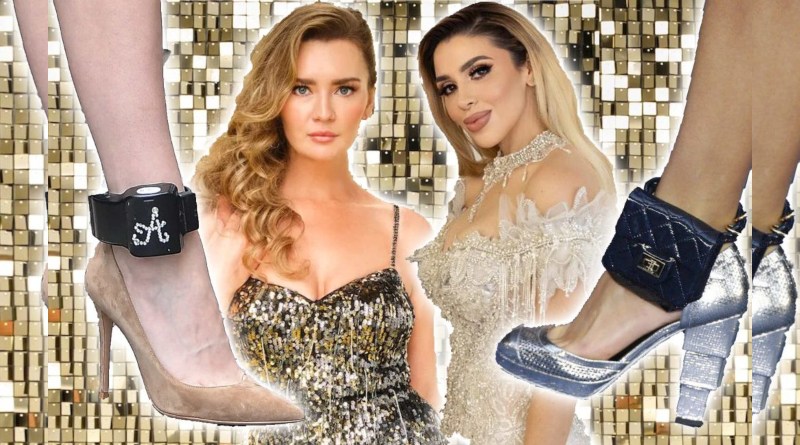Fashion Crimes: the redeeming effect of glamour
Crowned with a towering head piece that accentuated her snowy crinoline gown, lavishly embroidered with feathers and a cascade of Swarovski crystals, Emma Coronel paraded under the ornate roof of the Palazzo Serbelloni, during Milan Fashion Week.
Blessed and fortunate, the wife of Joaquín “El Chapo” Guzmán is determined to rewrite her story using the mesmerizing glamour of the catwalks. Thus, she distances herself from the police report of the Alexandria Sheriff’s Office (Virginia, USA), where she was arrested three years ago dressed in a faded chambray blouse, no make-up and no highlights in her hair.
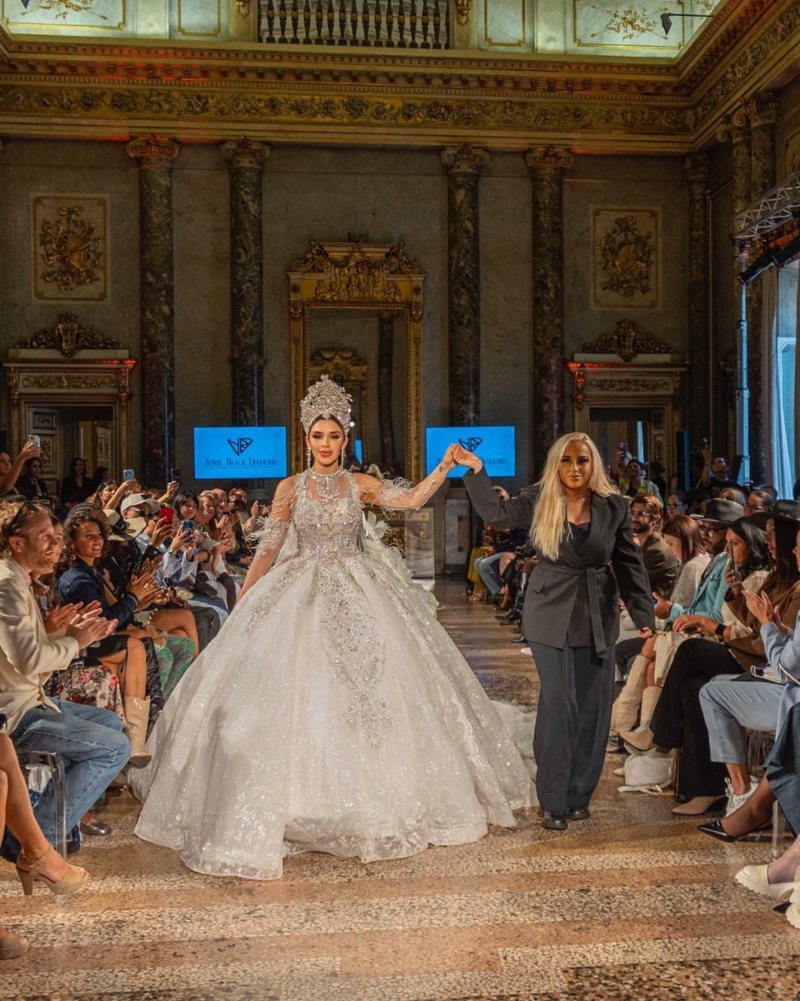
Highlighting her dareness, the latinamerican saying “la que puede, puede” (she who can, can), is quoted between emoticons of hearts and flares by one of her nearly 300 thousand spanish speaking followers on Instagram. “Admiration and respect, so elegant!,” writes another under pictures of her modeling for the designer April Black Diamond spring-summer 2025 collection.
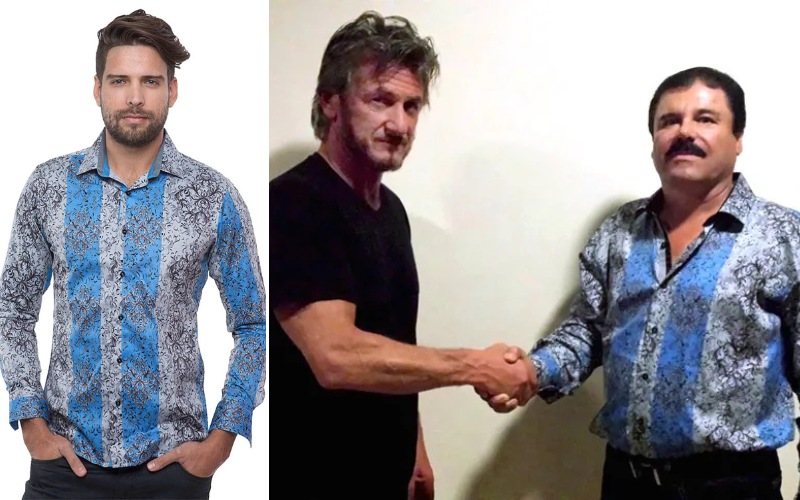
At this point, fashion influence seems like a side hustle for El Chapo’s familly. In 2016, the kingpin himself made headlines for wearing an lushly printed shirt during his Rolling Stone’s ‘interview’ with actor Sean Penn, leading to increasing sales of the Barabas label’s item.
CLIC to read this article in Spanish, in the Style section of El Carabobeño: Crímenes de moda: el glamour que redime
In the culture and the economy of attention procured by social media, the woman recently sentenced for crimes related to drug trafficking and money laundering shows herself worthy of a candid second chance in life, turning for some into a role model.
Drug baronesses
It doesn’t seem to be a novelty that fashion holds ties with criminal organizations, and there are those who have even talked of a kind of veiled patronage. In his book “The Fashion Conspiracy” published in 1988, Condè Nast Britain former chairman Nicholas Coleridge, documented the compromising remarks of an American editor: “The French may not wish to talk about their Arab clients, but they’re even shakier about the South Americans. All those drug baronesses. Without cocaine, half a dozen couture houses would have gone to the wall. But they won’t talk about that. No way. Deep graveyard.’”
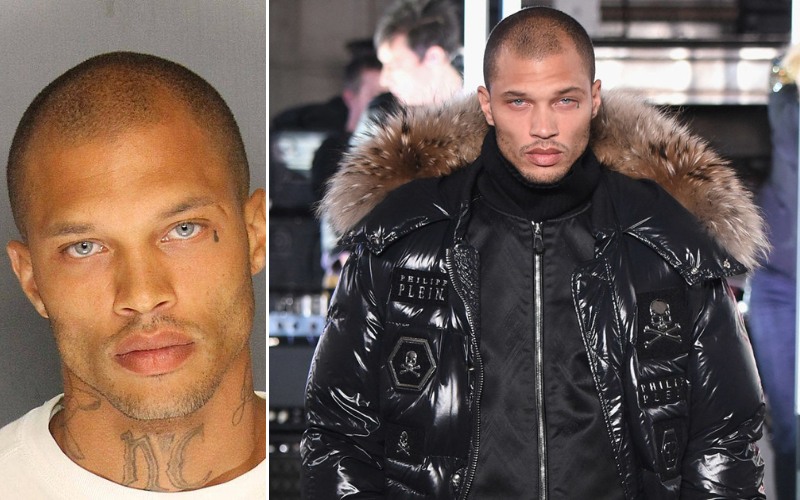
Nor is this the first time the catwalk has anointed an ex-con with its halo effect. Jeremy Meeks, a gang member who gained fame under the nickname “Hot felon”, from his mug shot. Portrayed in all his brunette, gray-eyed, angular-jawed glory, fans showered him with generous compliments.
Once out of jail, Meeks signed modeling contracts that led to runway shows for designers such as Tommy Hilfiger and Philipp Plein, as well as appearances in such reputable magazines as L’ Officiel.
Glamorizing crime
The true story of the criminal couple Bonnie and Clyde, turned into style icons through movies and fashion magazines. Also the gang of teenagers known as “The Bling Ring,” who stole millions of dollars in clothes and jewelry from homes like Paris Hilton and Orlando Bloom’s, inspiring a Sofia Coppola movie. These stories are too attractive to avoid becoming media products of any kind and, willingly or not, committing what some would call the “vice” of “glamorizing crime”.
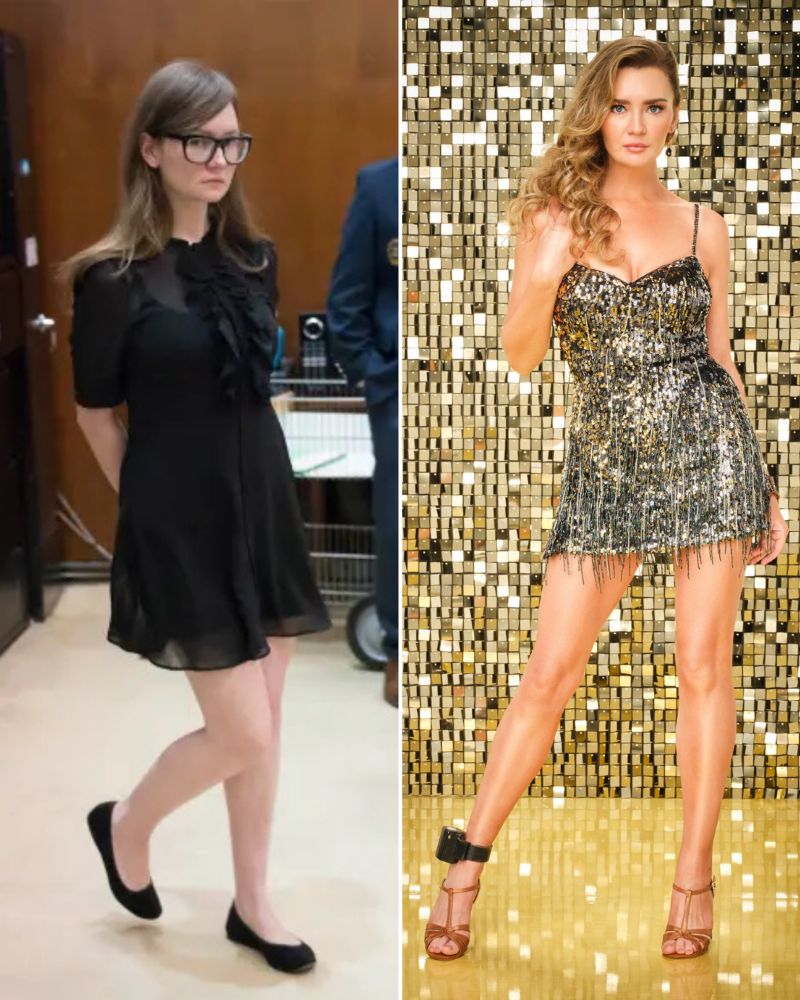
A more recent case is that of Anna Sorokin. Under the pseudonym of fake German heiress Anna Delvey, she convinced the New York elite to invest in an ambitious project that had no apparent foundation, until she was put in jail.
After inspiring the Netflix series “Inventing Anna” and earning a measure of probation, Sorokin had a short-lived appearance on “Dancing with the stars.” Her calculated dance steps flashed through the rhinestones that accentuated her ankle monitor. The police control device once again becomes a statement that celebrities like Lindsay Lohan have already flaunted, and which seems to have inspired some Chanel accessories for the spring-summer 2008 season.
Without wanting to sound like we’re the fashion police, it’s impossible not to notice that the likes of Emma Coronel, Jeremy Meeks and Anna Sorokin continue to rise in the public eye, while image culture often manages to overshadow what lies behind their apparent success. Today it is worth asking once again whether ethics is aesthetics.

